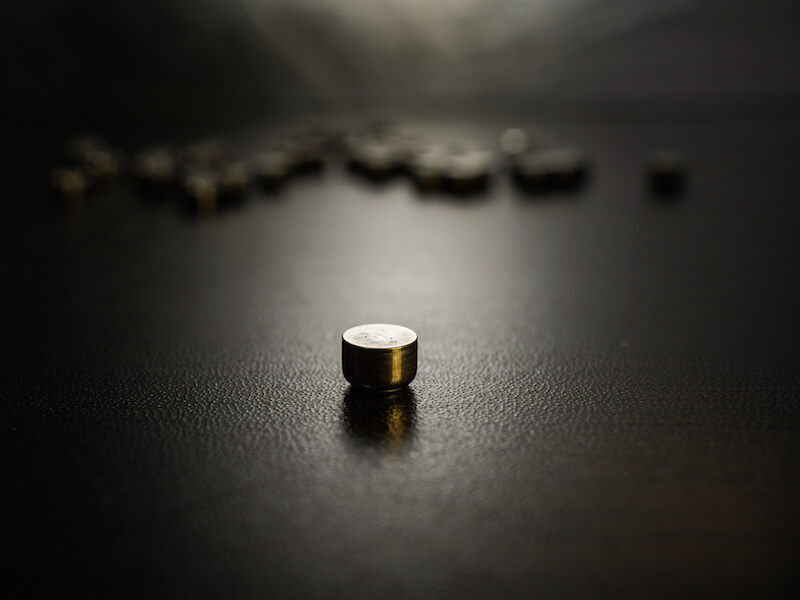
Contemporary technology has evolved the way we power electronics of all kinds, from radios to cameras to phones. For decades, those looking to manage hearing loss have hoped for a similar advancement, and the industry is finally realizing the promise of a powerful rechargeable hearing aid battery.
Size 312 batteries are the most common of the disposable batteries that have typically been used to power hearing aids. The most popular form of this battery, now, is “zinc-ion”.
Disposable Hearing Aids Have a Downside
As the name would indicate, a zinc-air battery is affected by the presence of air. The user has to pull a little tab off the back of a 312 zinc-air battery to activate it.
The moment it is fully oxygenated, it starts to lose power. So the power is draining even if the user isn’t actively using it.
Most users consider the duration of life to be the most significant drawback of disposable batteries. With 312 batteries, the user could be replacing the batteries in their hearing aids about 120 times every year because they die in 3 to 12 days according to some reports.
Because of this, besides needing to buy 120 batteries, the user will have to switch and properly dispose of batteries at least two times a week. From a cost perspective alone, that likely equals more than $100 in battery purchases.
Rechargeable battery Advancements
Rechargeable hearing aid technology has advanced to the point where it’s now a viable option and that’s good news for people who use hearing aids.
The vast majority of people would wear rechargeable hearing aids if given an alternative according to some studies. Over the years, these models were impractical because they didn’t hold a charge long enough. But today’s rechargeable batteries will hold a charge all day without requiring a recharge.
Rechargeable batteries won’t save users significant amounts of money, but they will improve their quality of life.
In addition to providing 24 hours of charge time, these new models lead to less frustration for the user, since there’s no more swapping and correctly disposing of batteries. They just need to place the battery on the charger.
A disposable battery approaching the end of its life simply can’t operate at full power. There’s also no exact way to identify how close to being inoperable the battery really is. So the batteries could die at the exact moment that a user needs them the most which could even put them in danger. Not only is this a safety concern, but users may miss significant life moments because of a dead battery.
Hearing Aids Come in Different Types
Rechargeable batteries come in various different materials, each providing distinct advantages. Integrated lithium-ion batteries are one alternative being used by manufacturers because they can hold a charge for 24 hours. You might be surprised to learn that this same type of technology is what charges and powers your cellphone.
Another kind of modern rechargeable battery is a silver-zinc. This revolutionary technology was initially developed for NASA’s Apollo missions to the moon. You can even use this technology to upgrade and retrofit the existing hearing aids you’re comfortable with by changing the device to rechargeable power. These batteries, like lithium-ion, will also last all day before requiring a recharge.
Some models even allow you to recharge the battery without removing it. During the night, or at some other time when the hearing aid is not being used, the entire hearing aid can be placed right into the charger
While all of these rechargeable solutions offers substantial advantages over disposable batteries, each option should be carefully vetted to get a complete picture and to see if it’s best for you.
Check out our hearing aid section if you’re searching for more information about what battery would be best for you or any other info about hearing aids.
